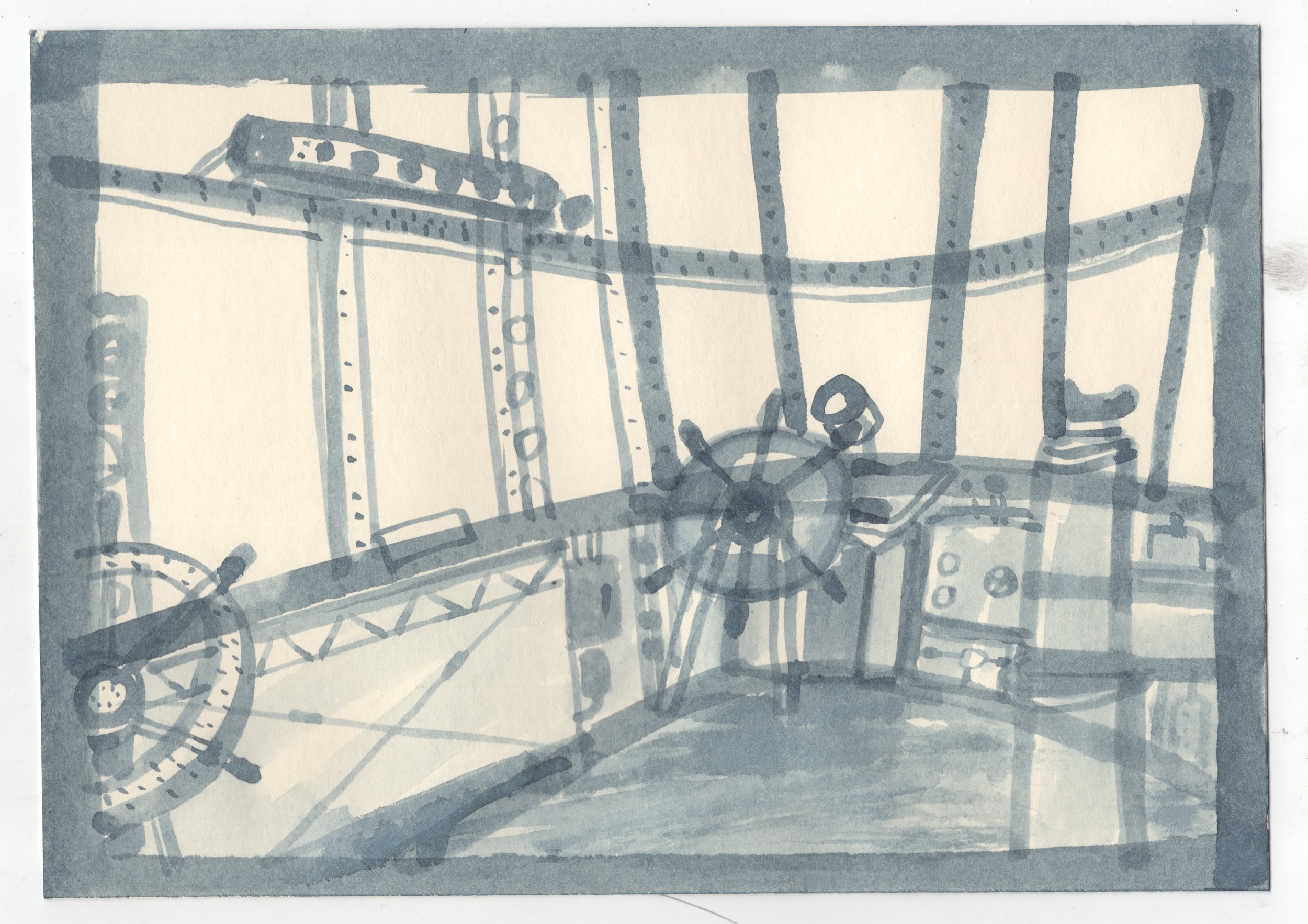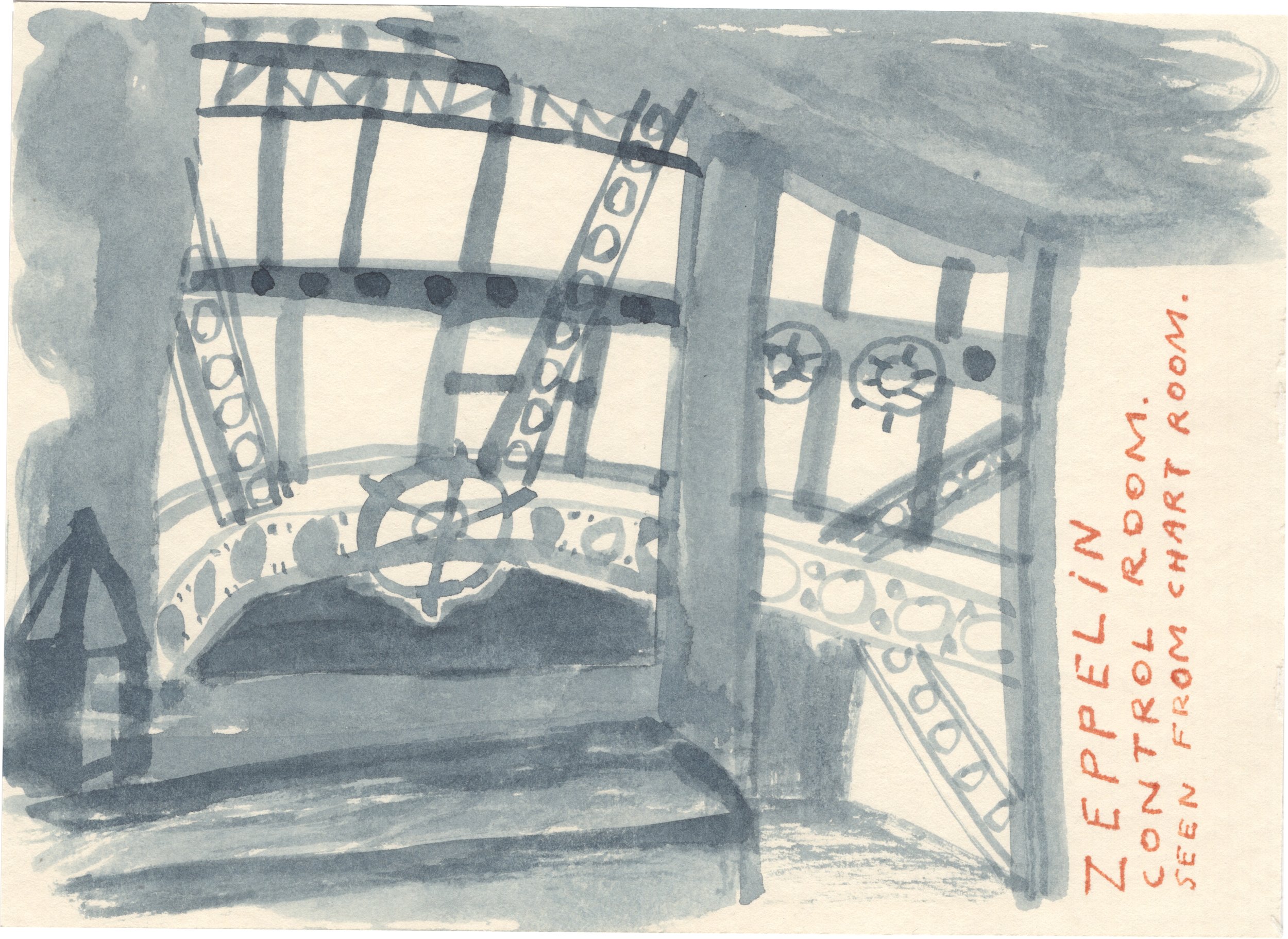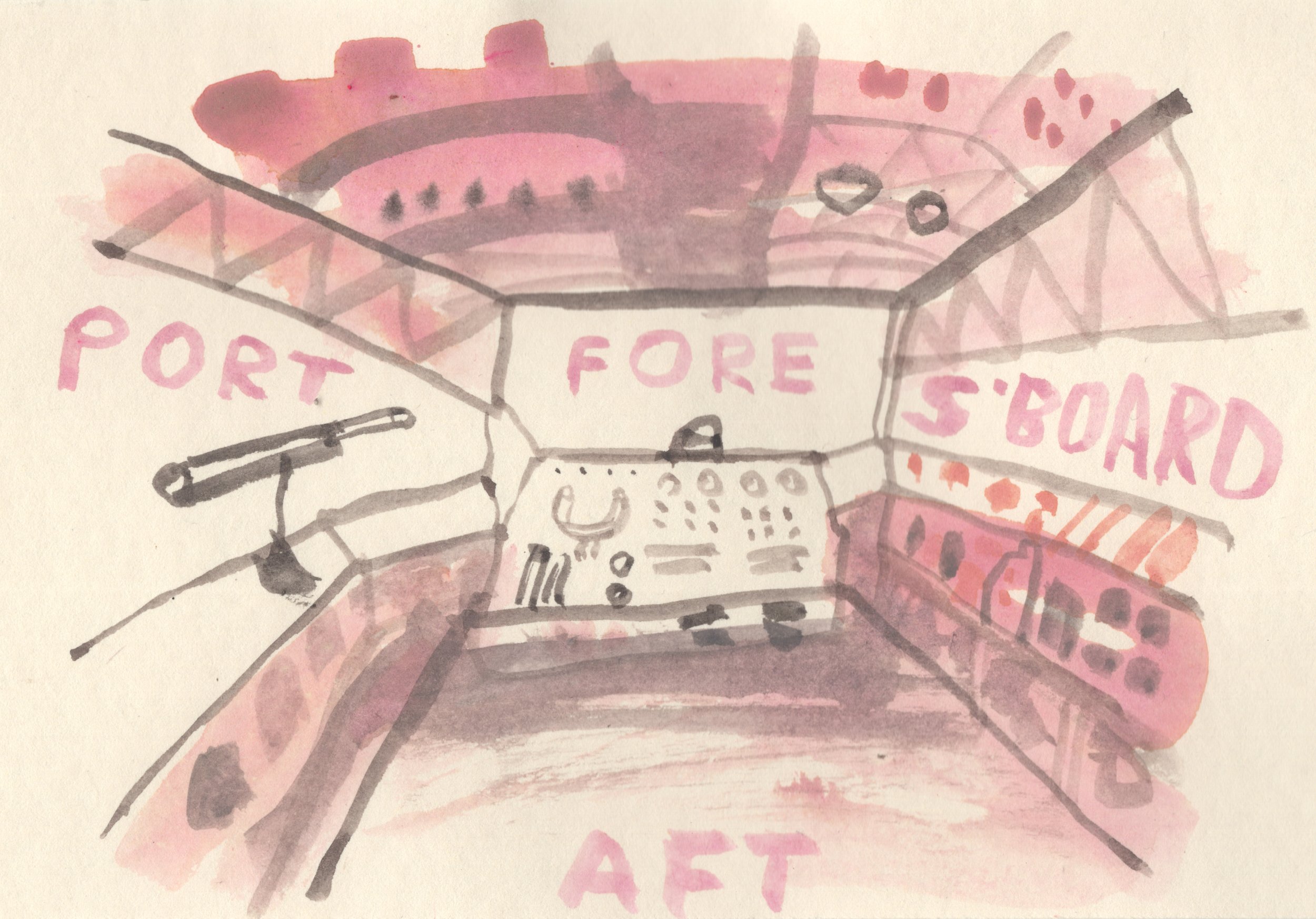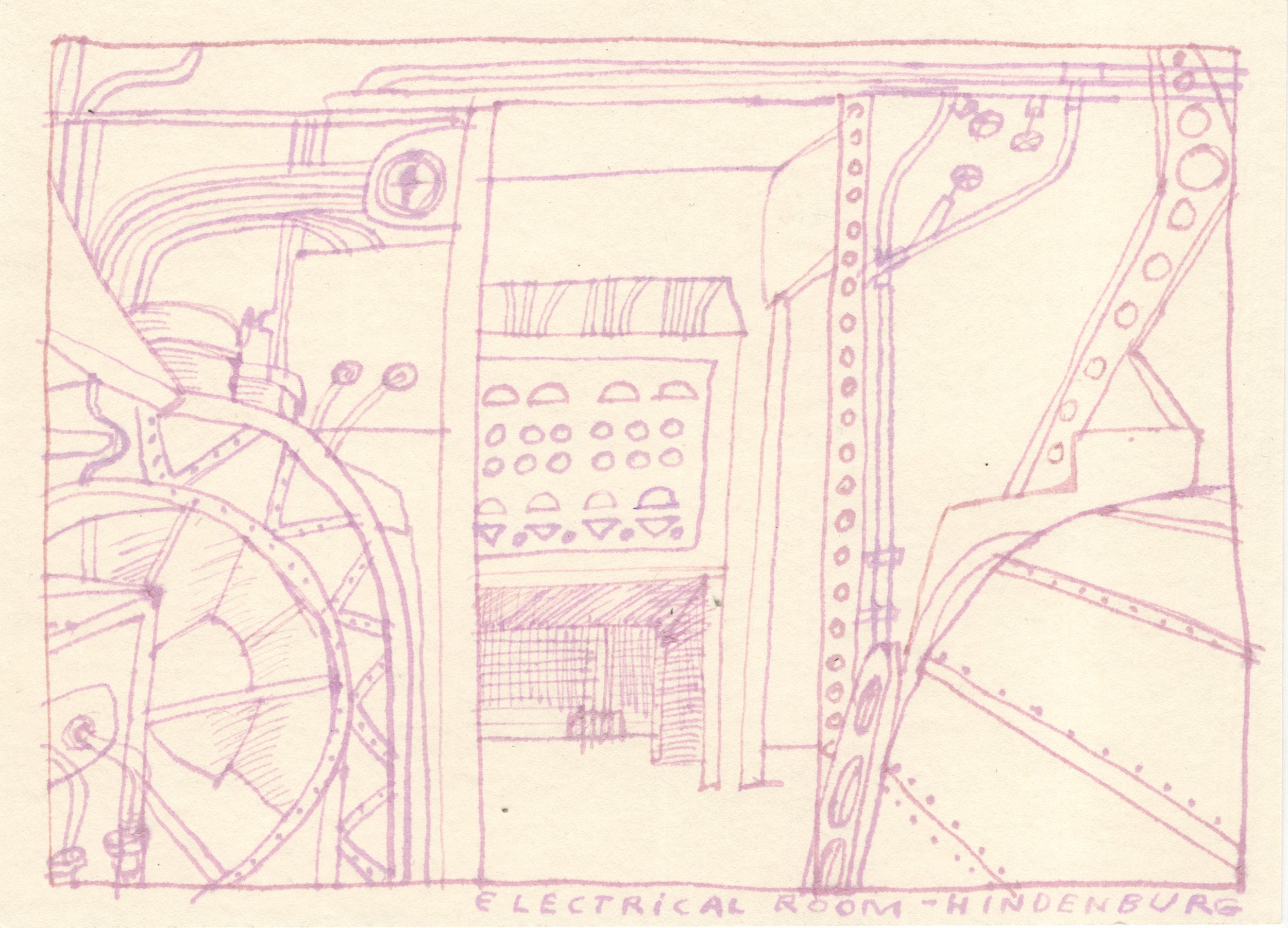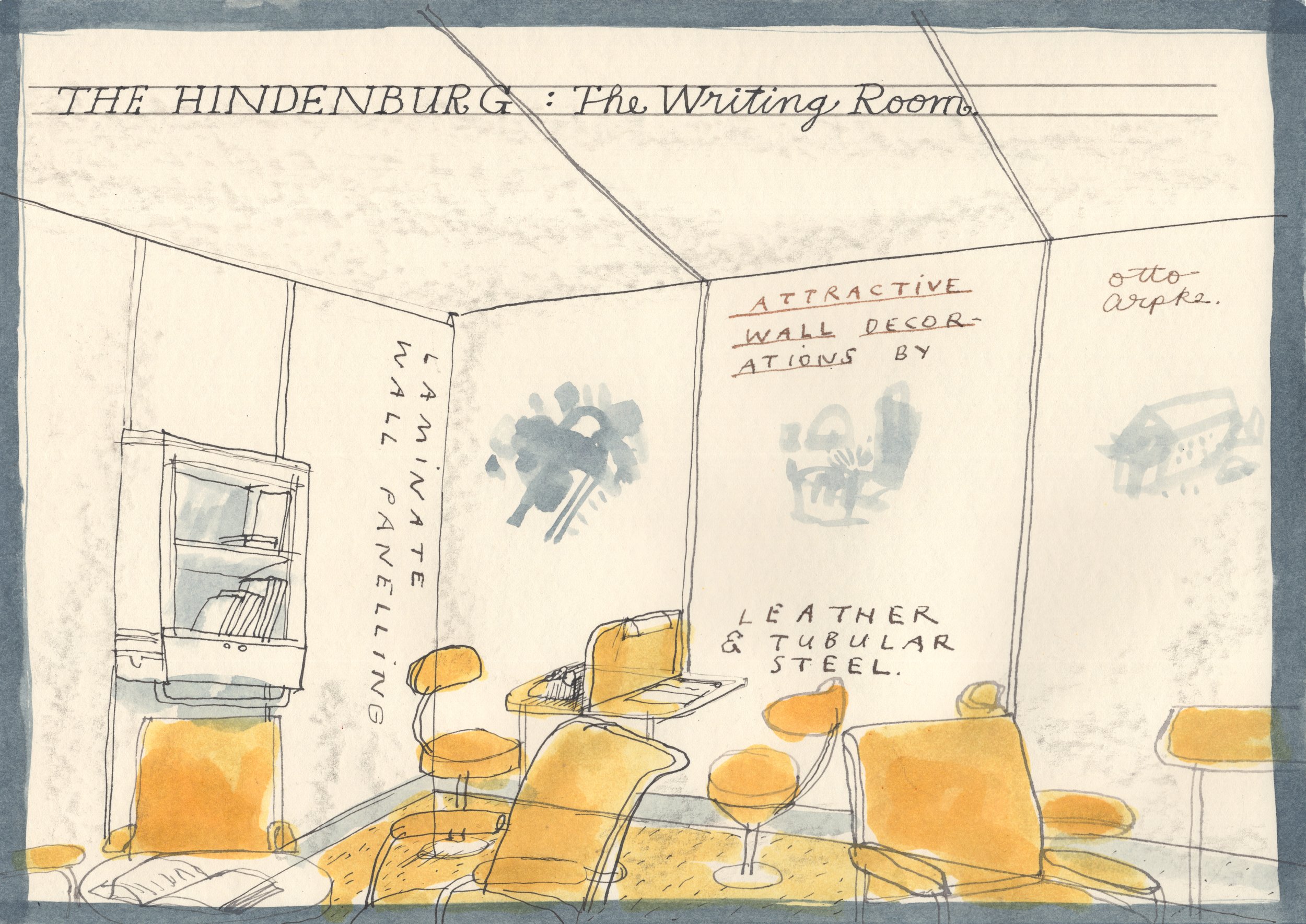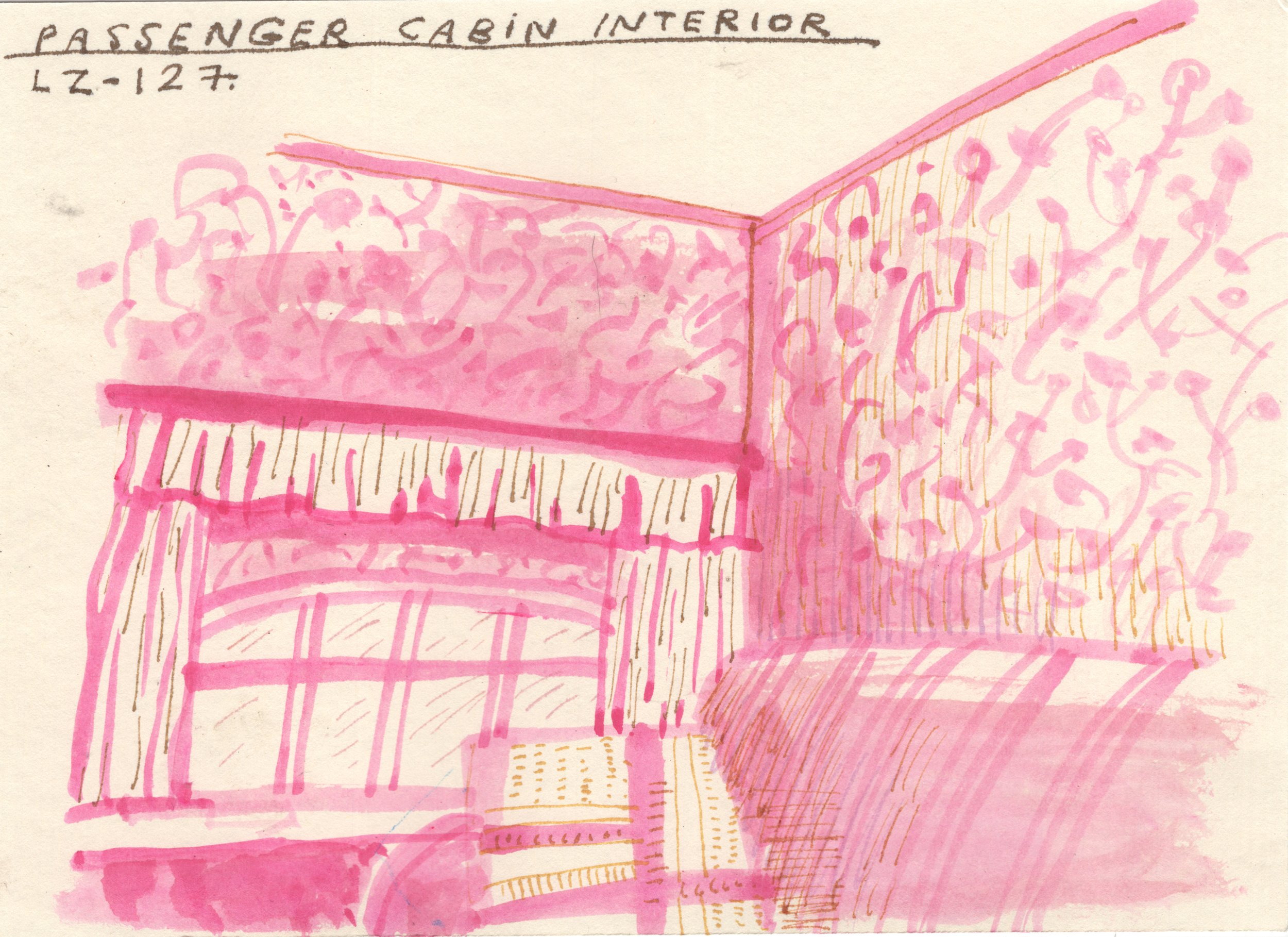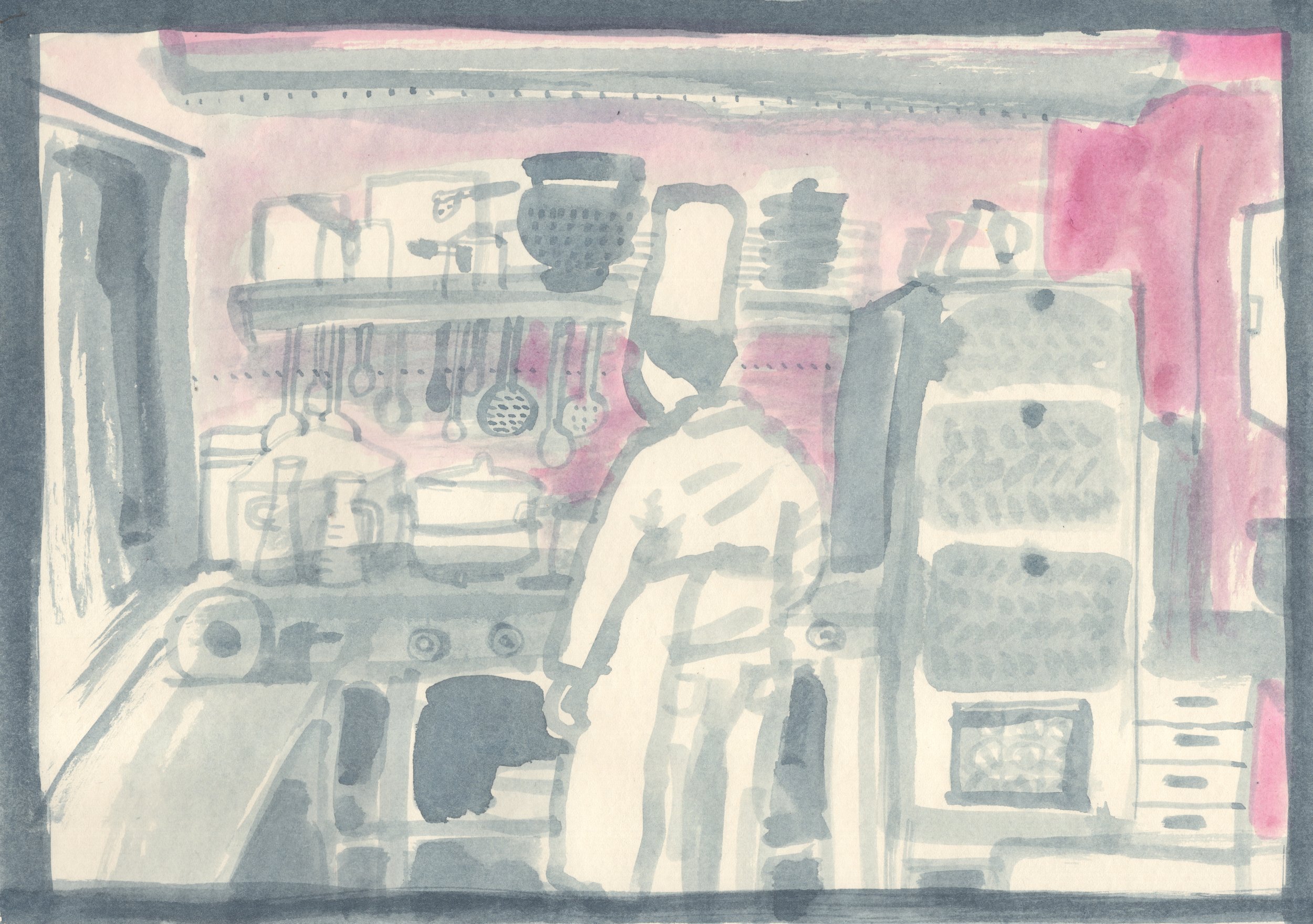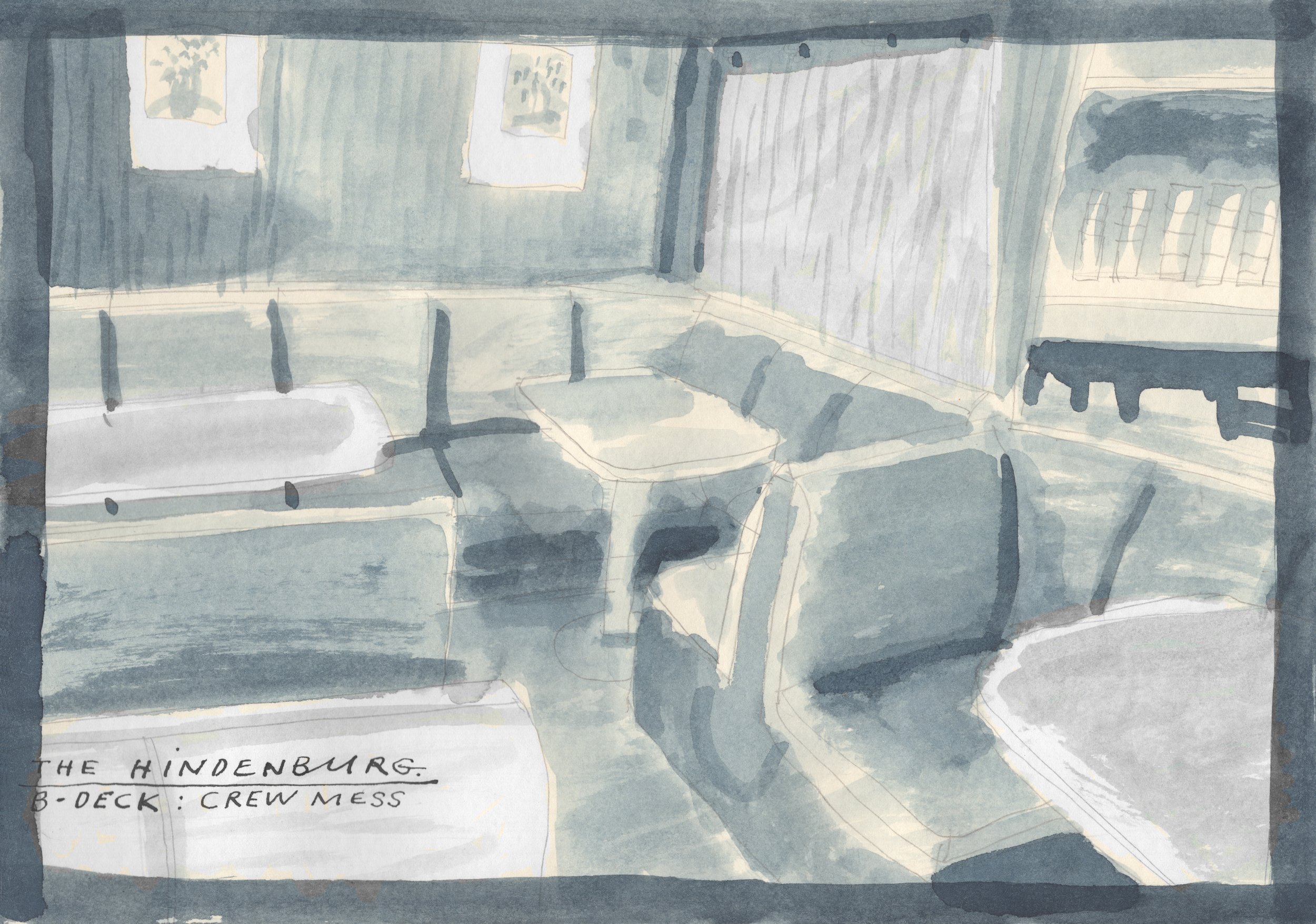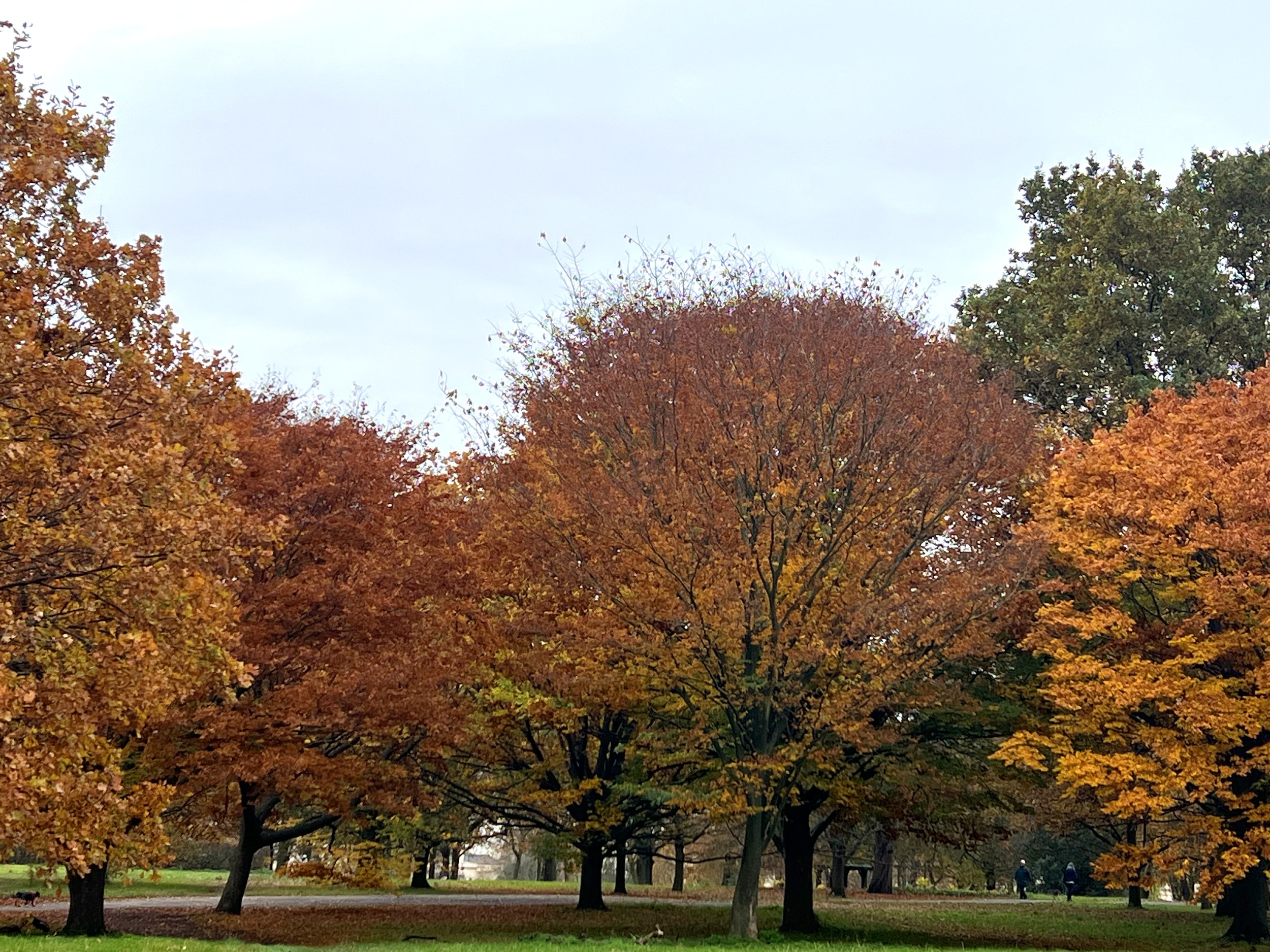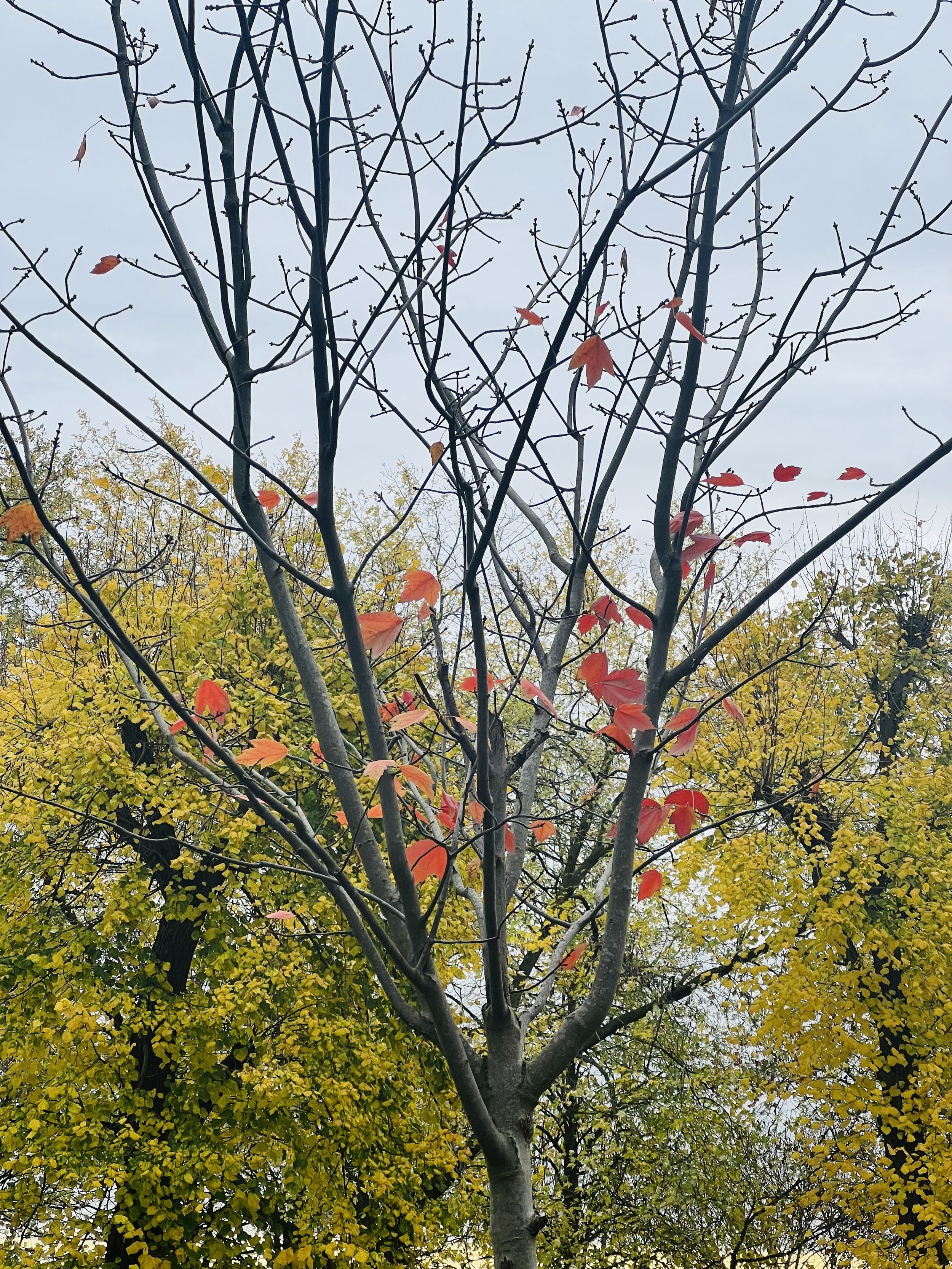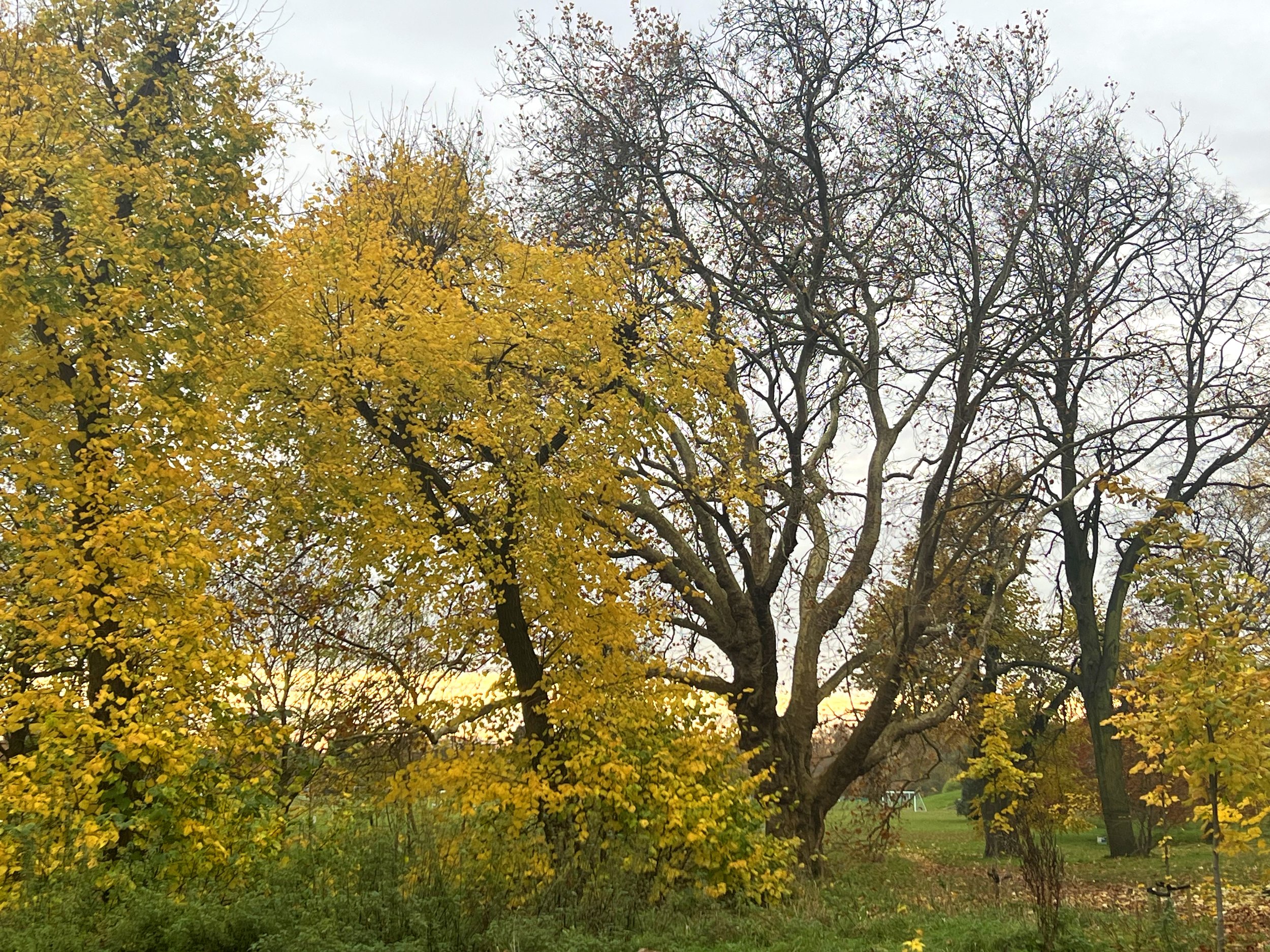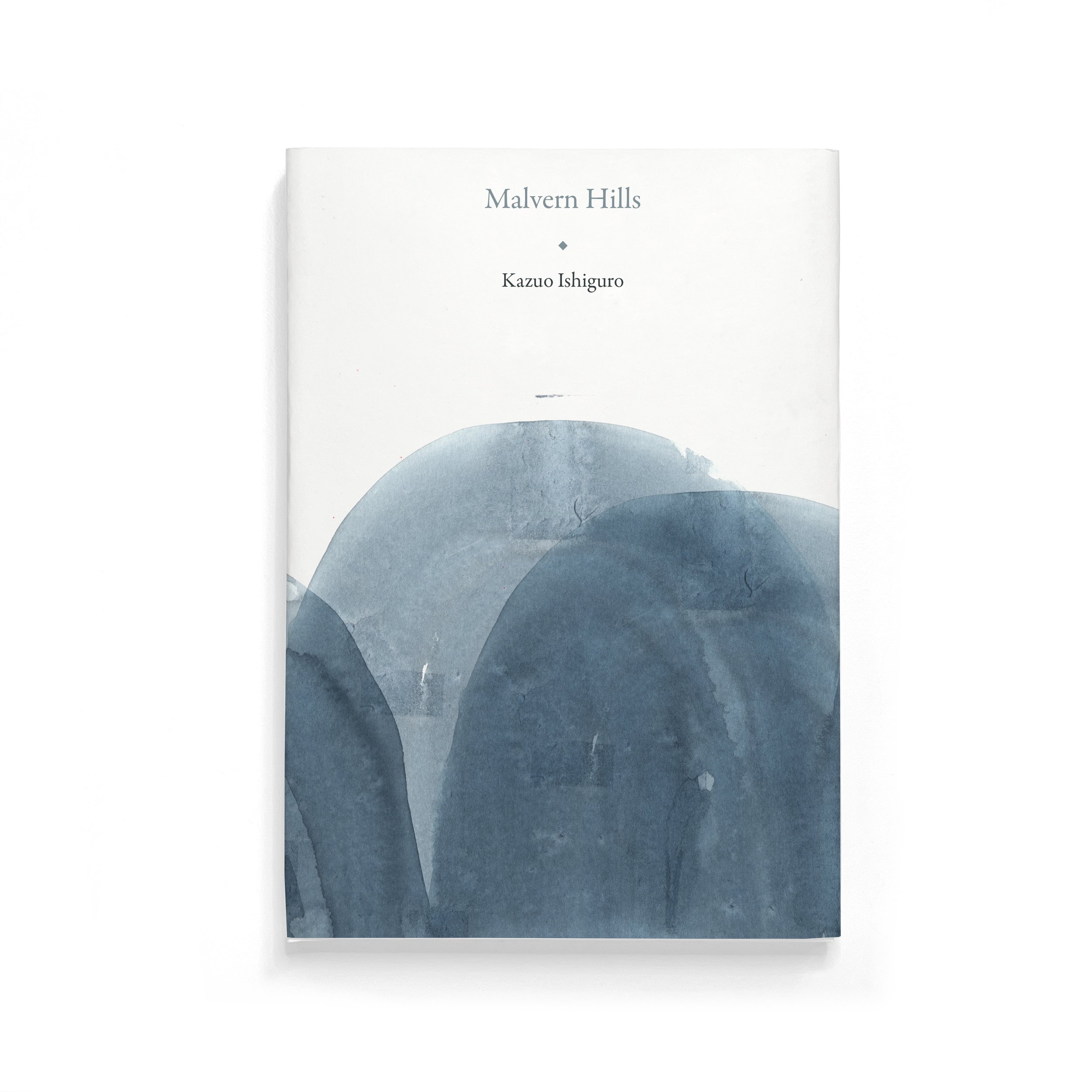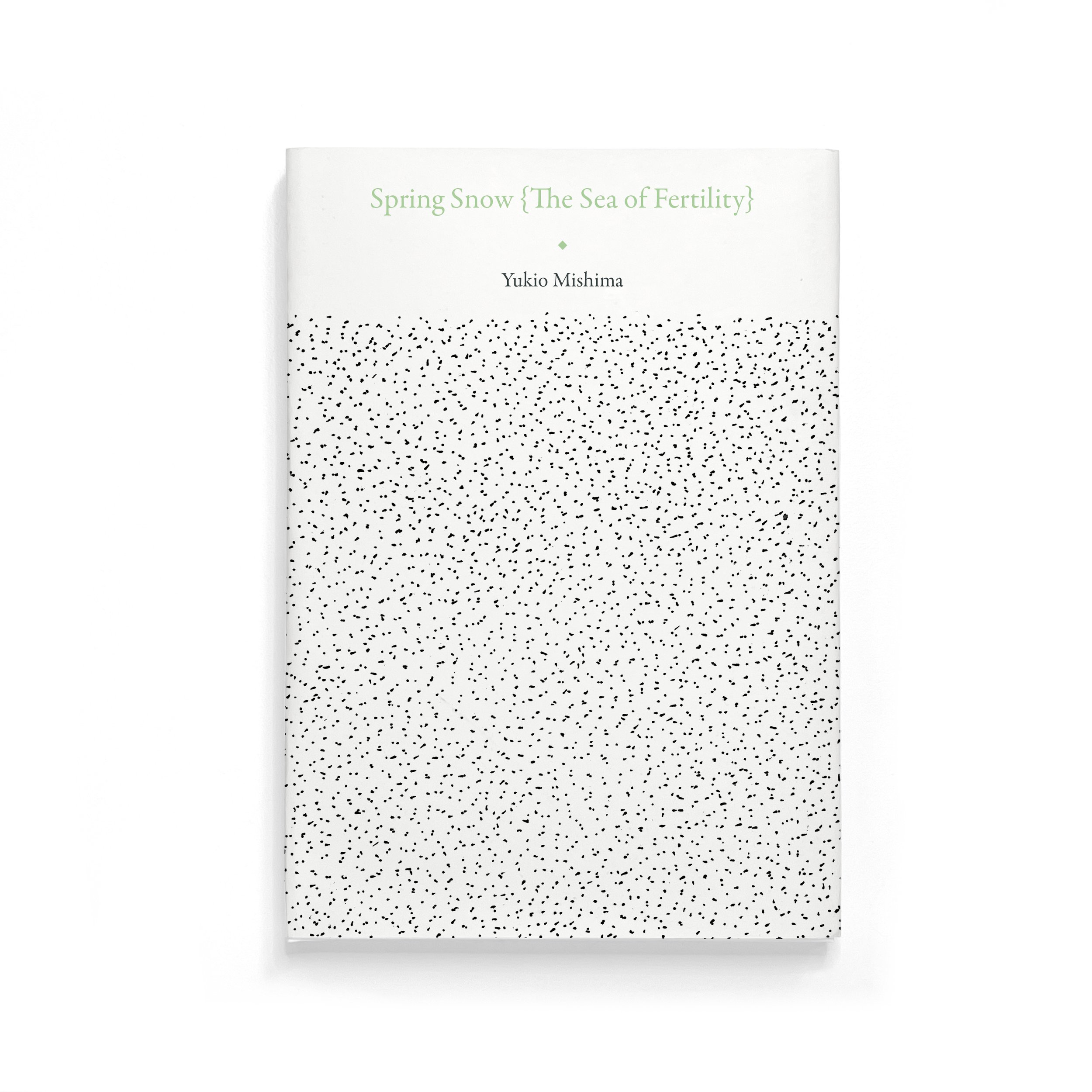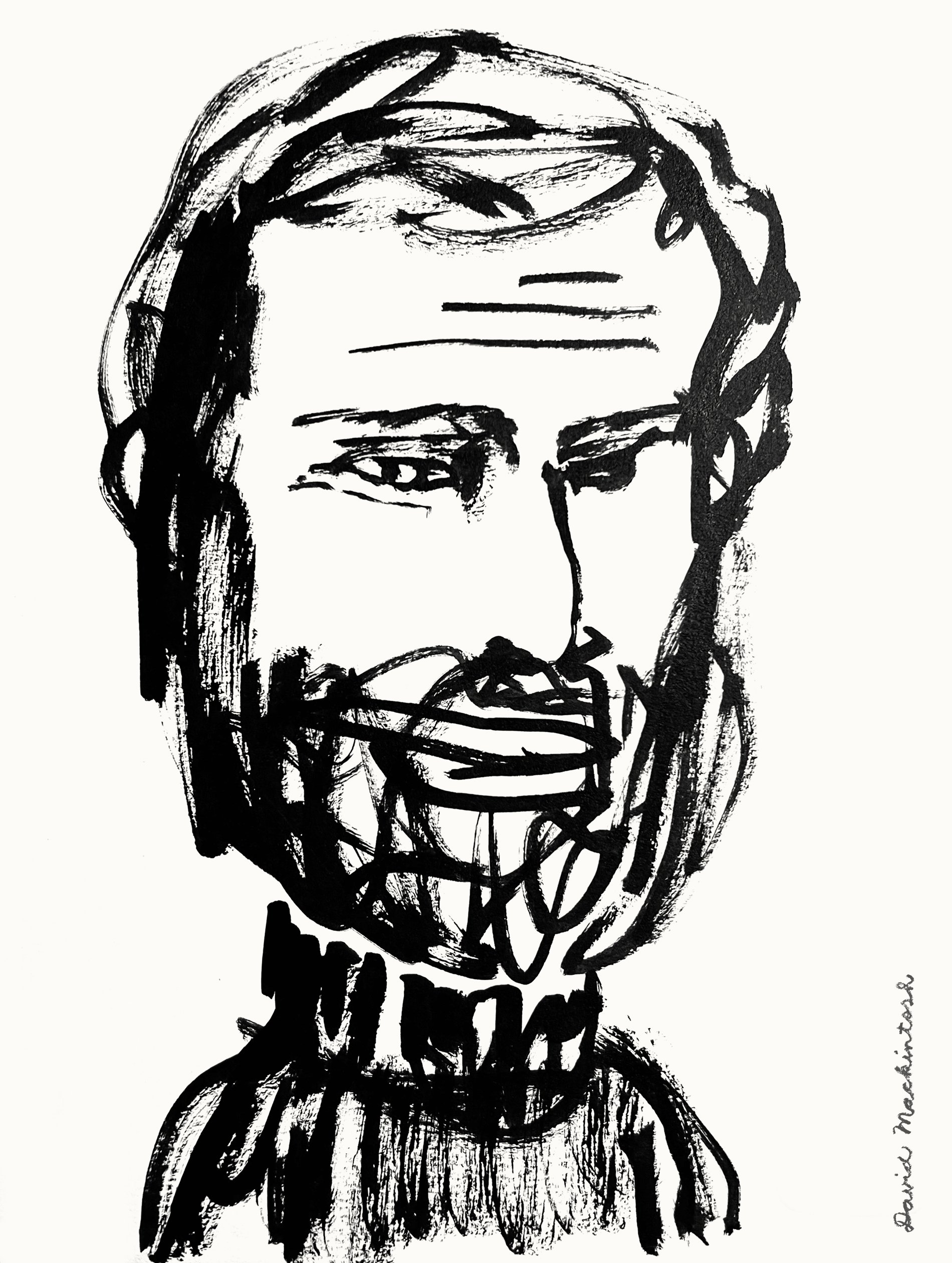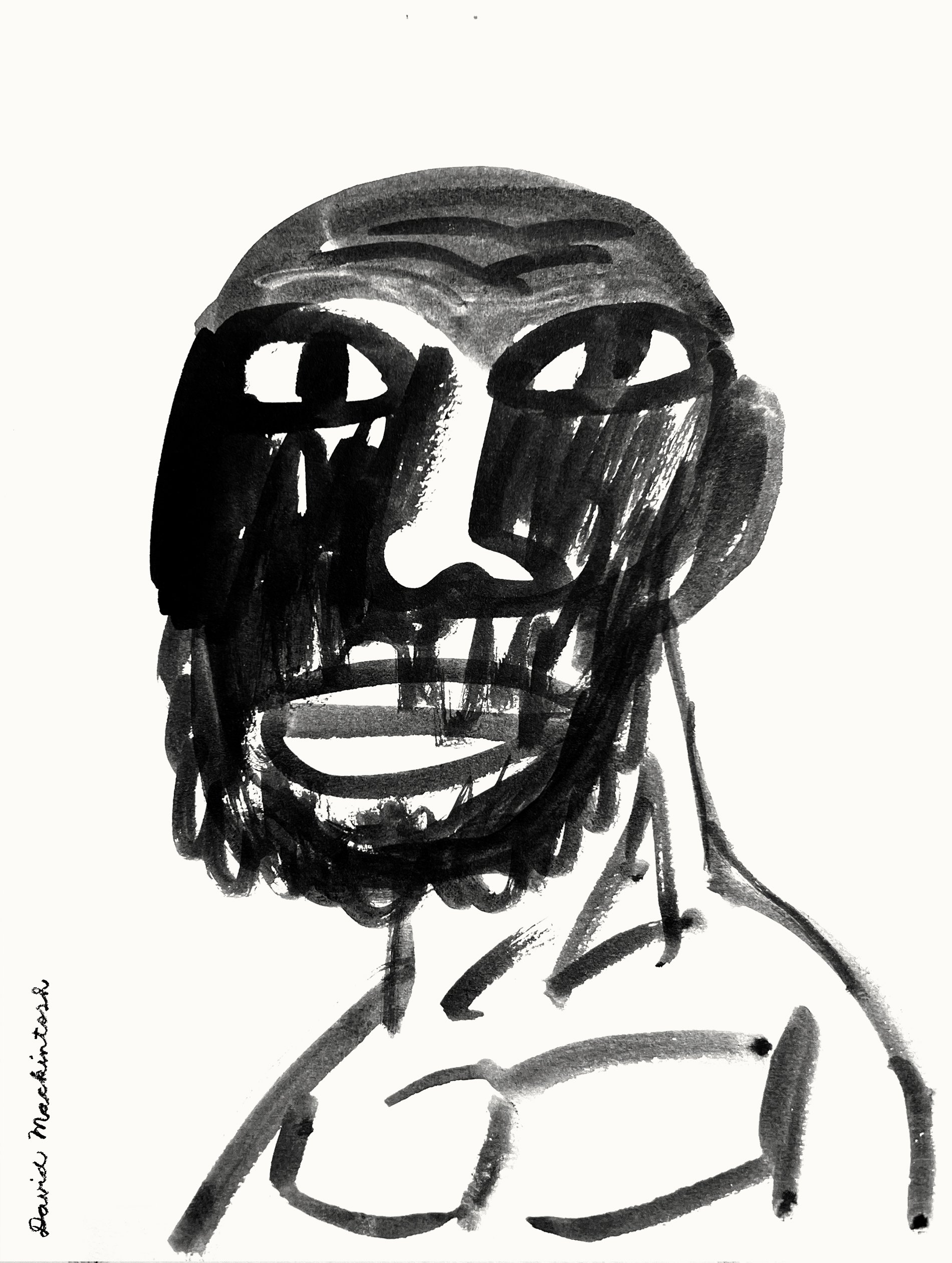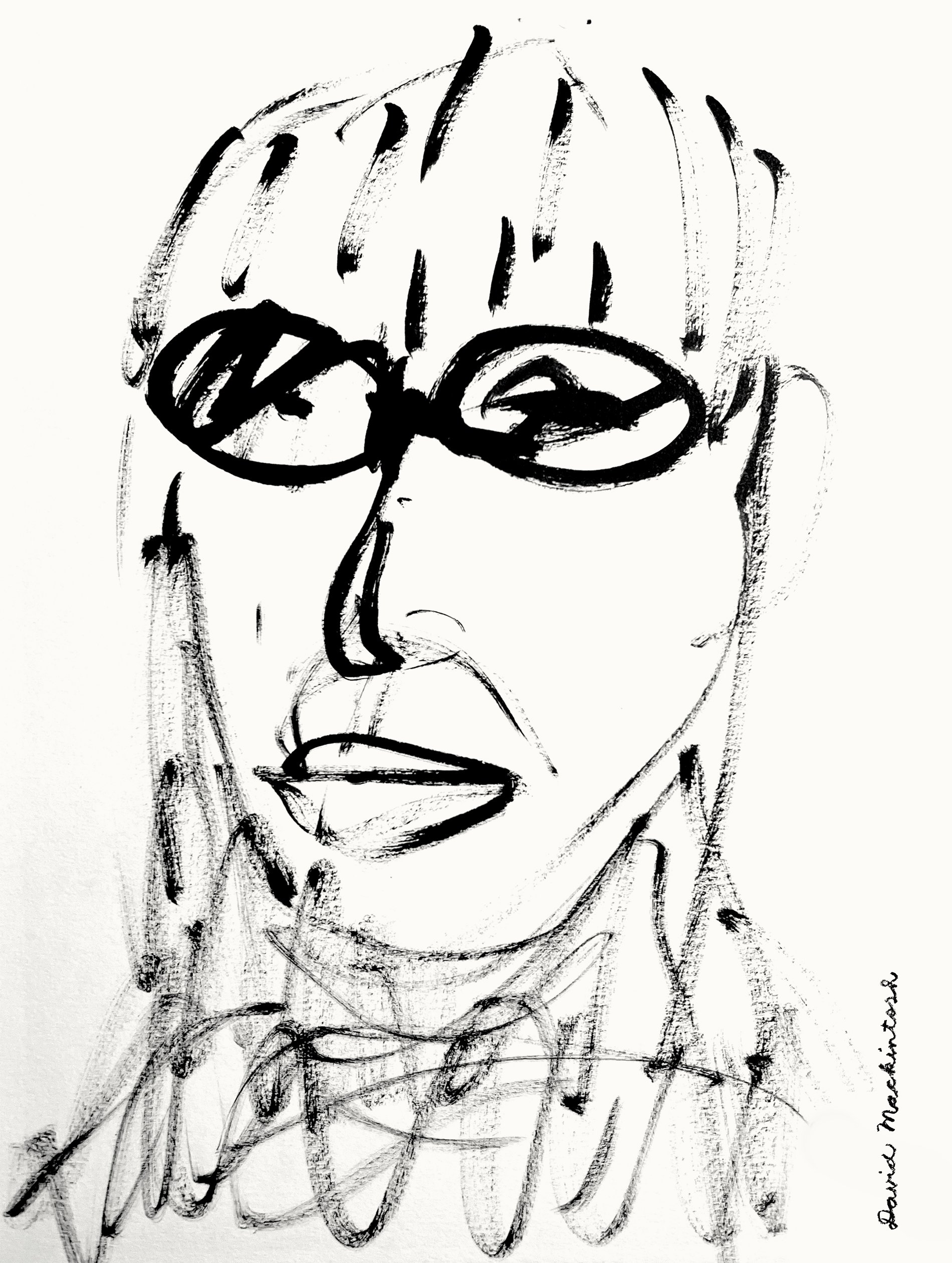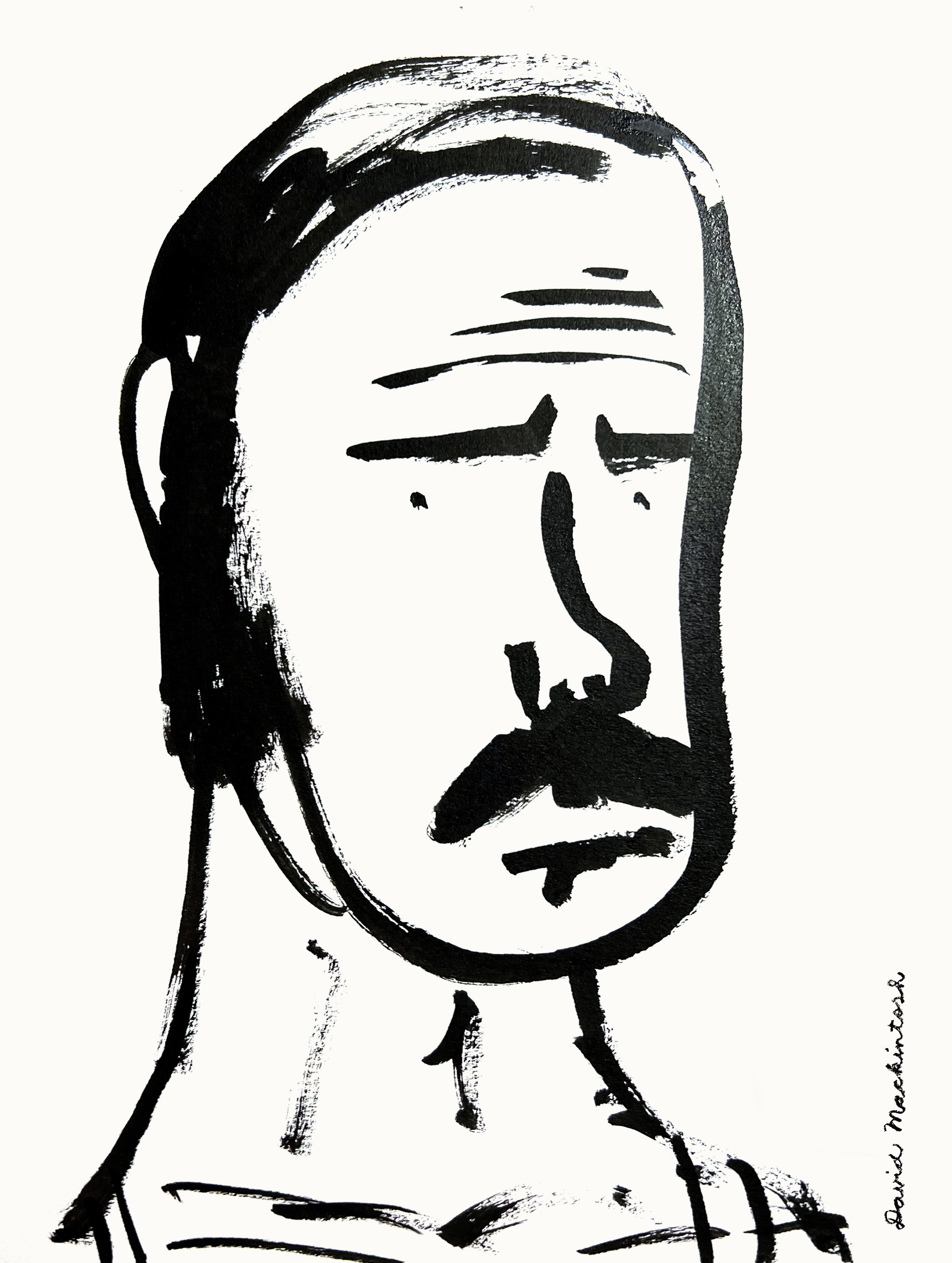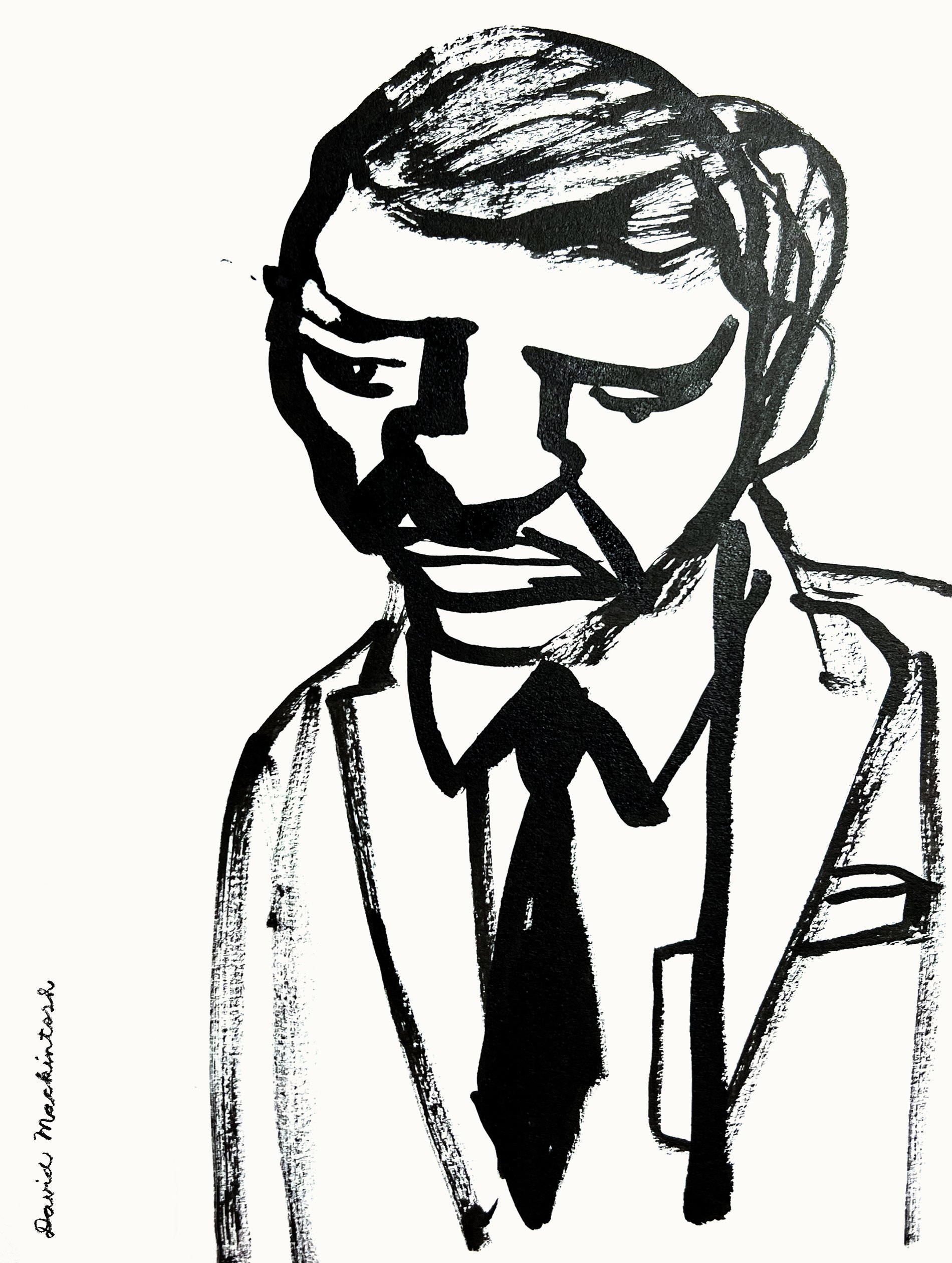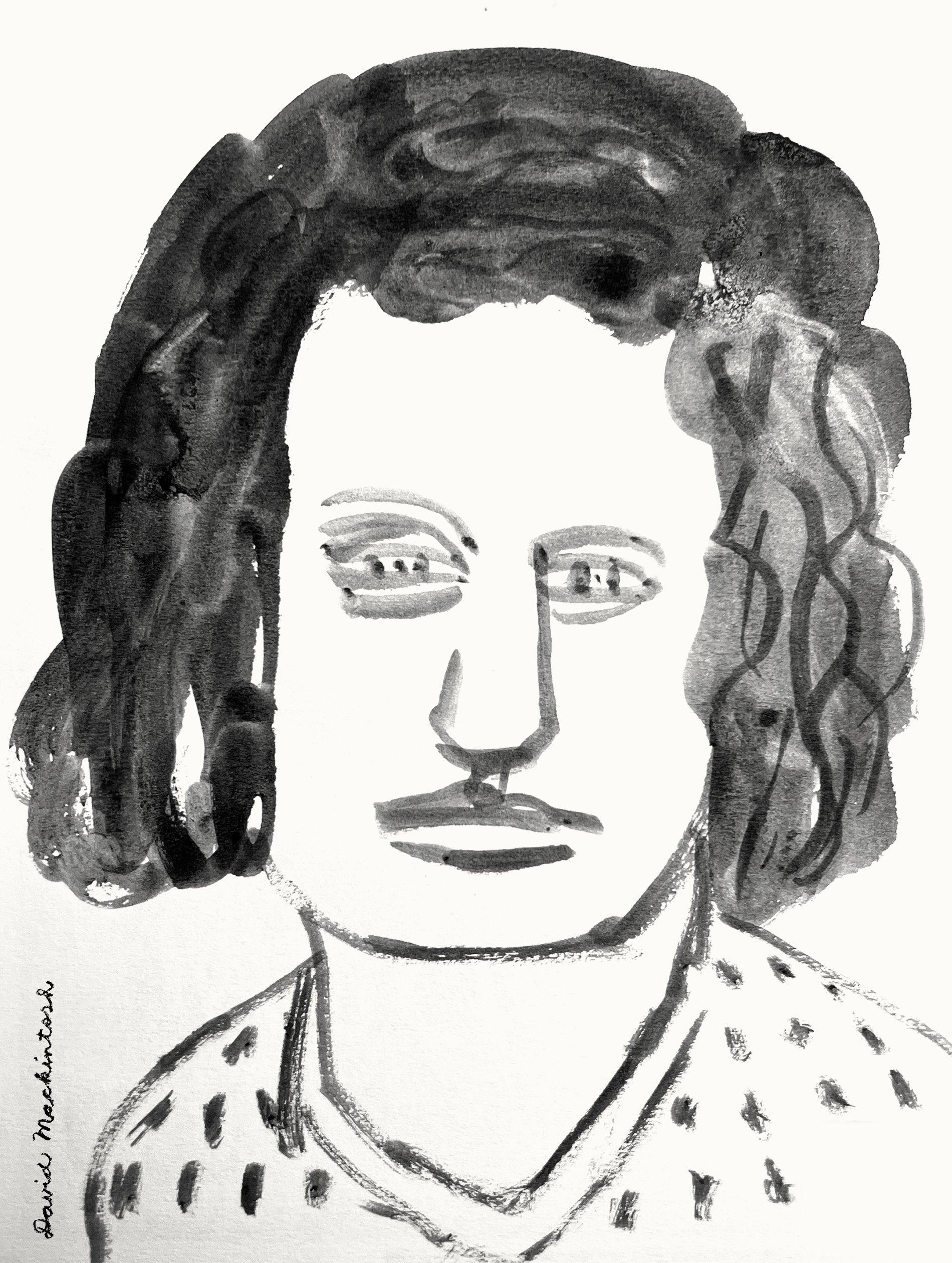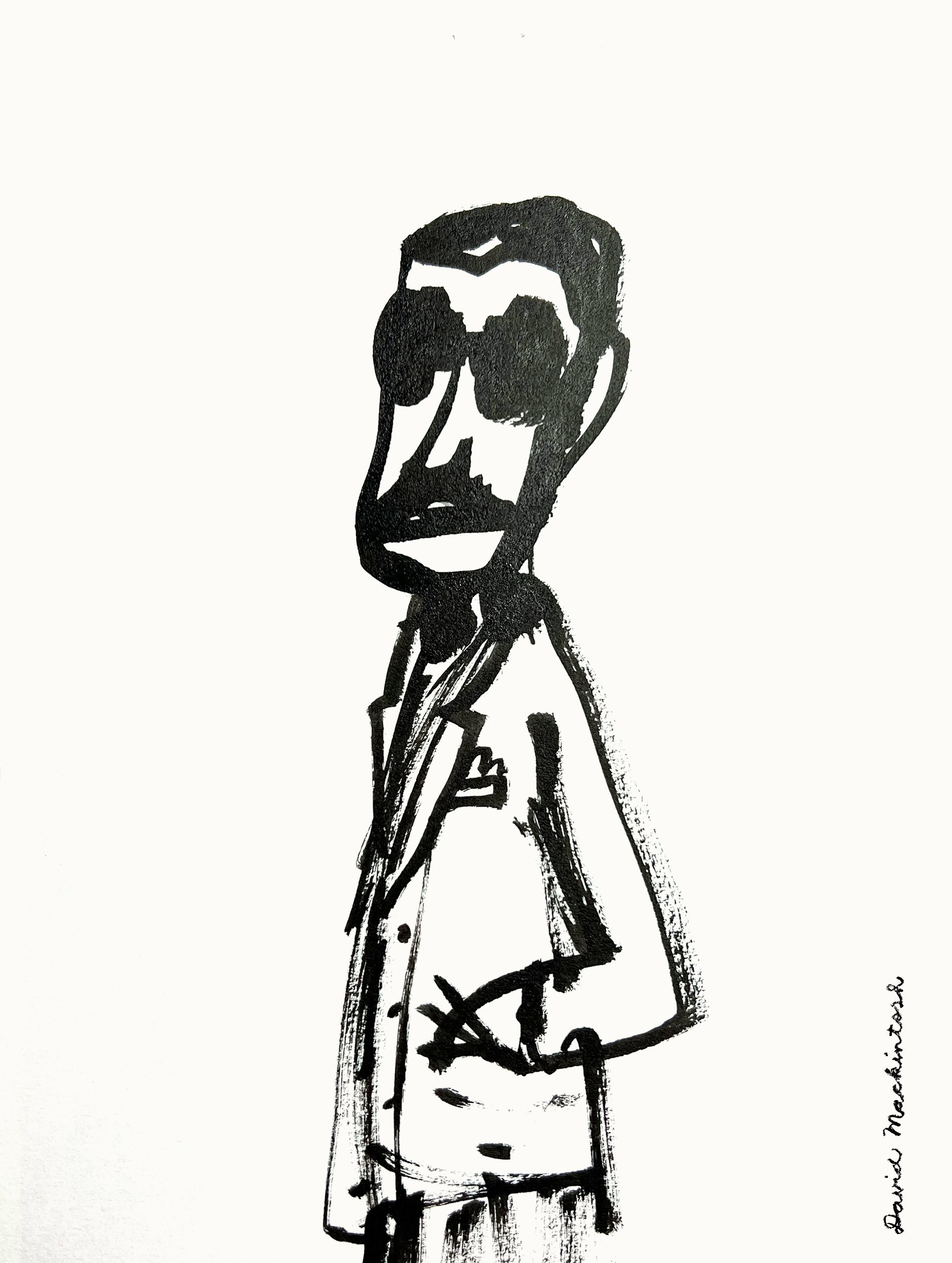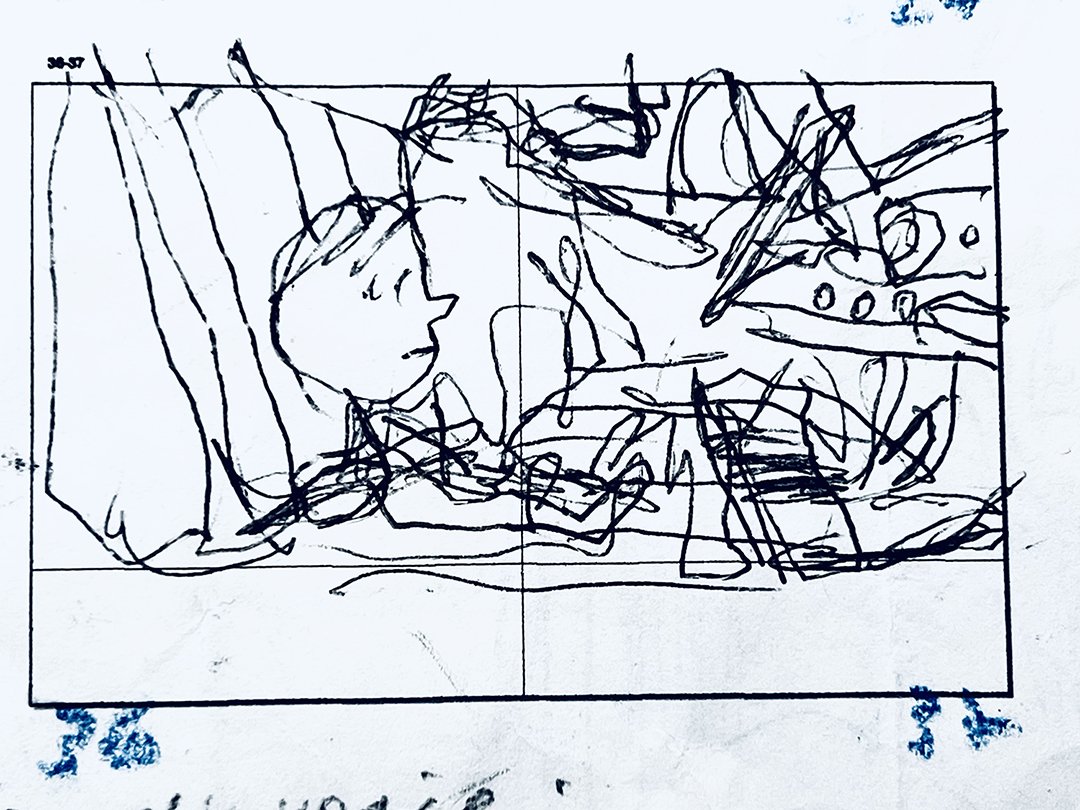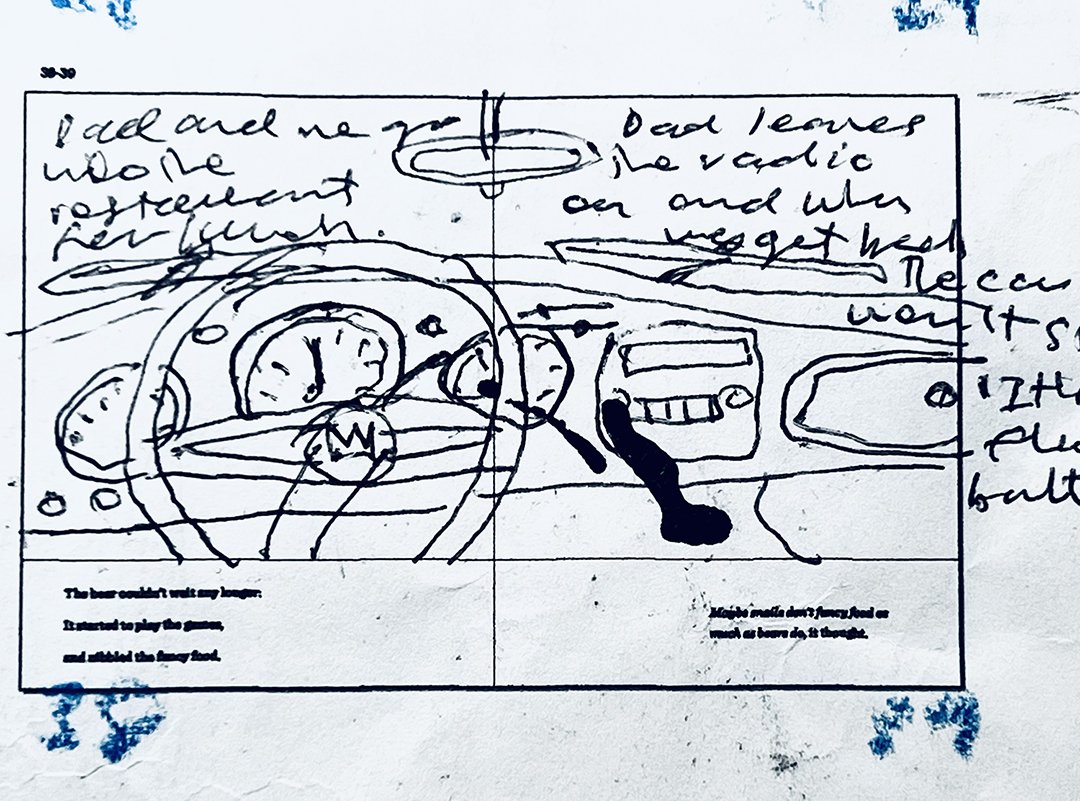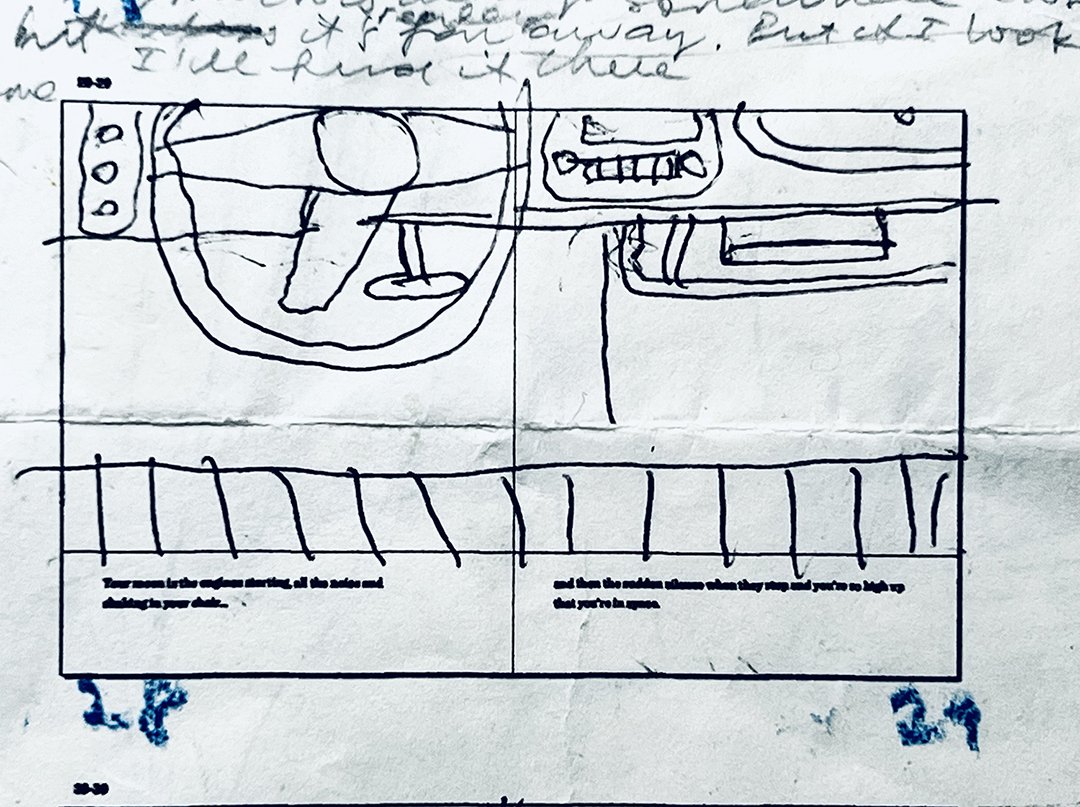The Hindenburg’s menu impressed me. And it was all prepared for passengers in an aluminium galley, 200m off the ground.
For passengers at this altitude, enjoying the flavours of the food wouldn’t be the problem it is in modern pressurised aircraft cabins where taste buds may as well be put in the overhead lockers. Here is a selection from the menu of a three day flight:
Breakfast
Coffee, Tea Milk, Cocoa
Bread, Butter, Honey, Preserves
Eggs, boiled or in cup
Frankfort Sausage
Ham, Salami
Cheese
Fruit
Lunch
Consommé Gutenberg
English Prime Ribs of Beef with Young Turnips
Stuffed Tomato
Plum Potatoes
Richelieu Pudding
Demi-Tasse
Dinner
Tapioca Soup with Julienne Vegetables
Boiled Halibut
Mousseline Sauce
Salted Potatoes
Capon a’la Brussels with Mixed Vegetables
Assorted Cheese Platter
Pumpernickel Crisp Bread
Westfalian Dark Rye Bread
And after the meal, one could peacefully and luxuriously enjoy a cigar or cigarette within the 200 million litre hydrogen balloon.

